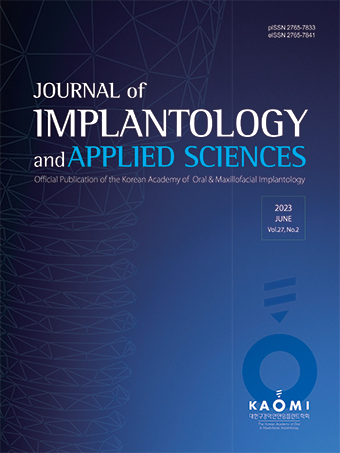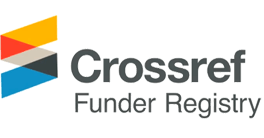Original Article
Abstract
References
Information
- Publisher :The Korean Academy of Oral & Maxillofacial Implantology
- Publisher(Ko) :대한구강악안면임플란트학회
- Journal Title :Implantology
- Journal Title(Ko) :대한구강악안면임플란트학회지
- Volume : 22
- No :1
- Pages :18-34
- Received Date : 2018-03-16
- Revised Date : 2018-03-30
- Accepted Date : 2018-03-30
- DOI :https://doi.org/10.32542/implantology.20180003



 Journal of implantology and applied sciences
Journal of implantology and applied sciences










